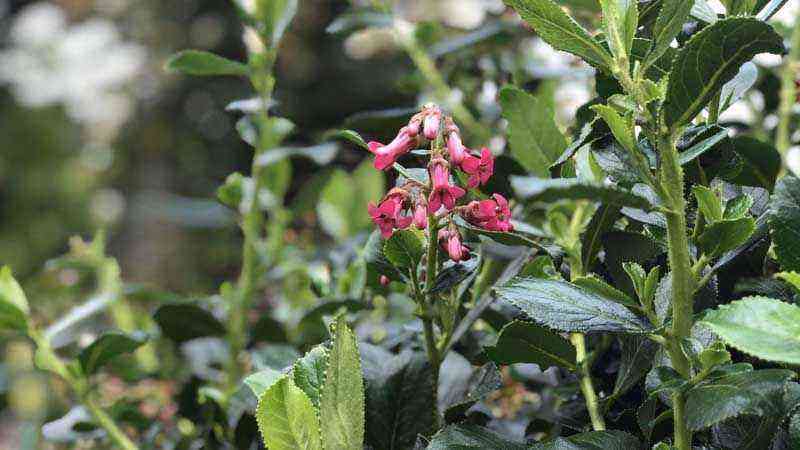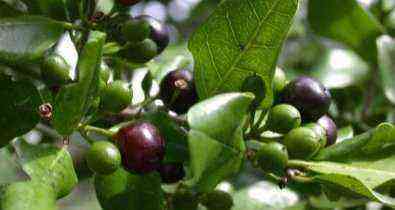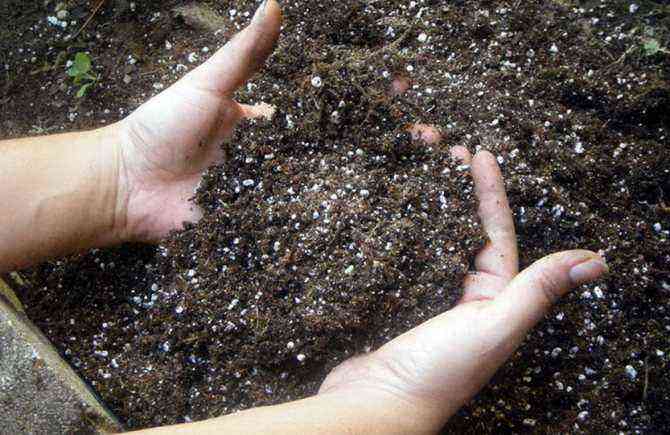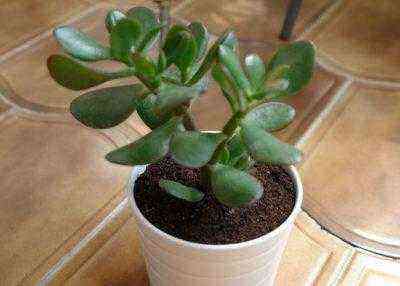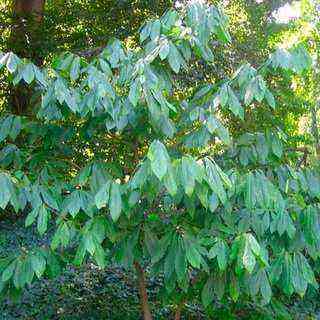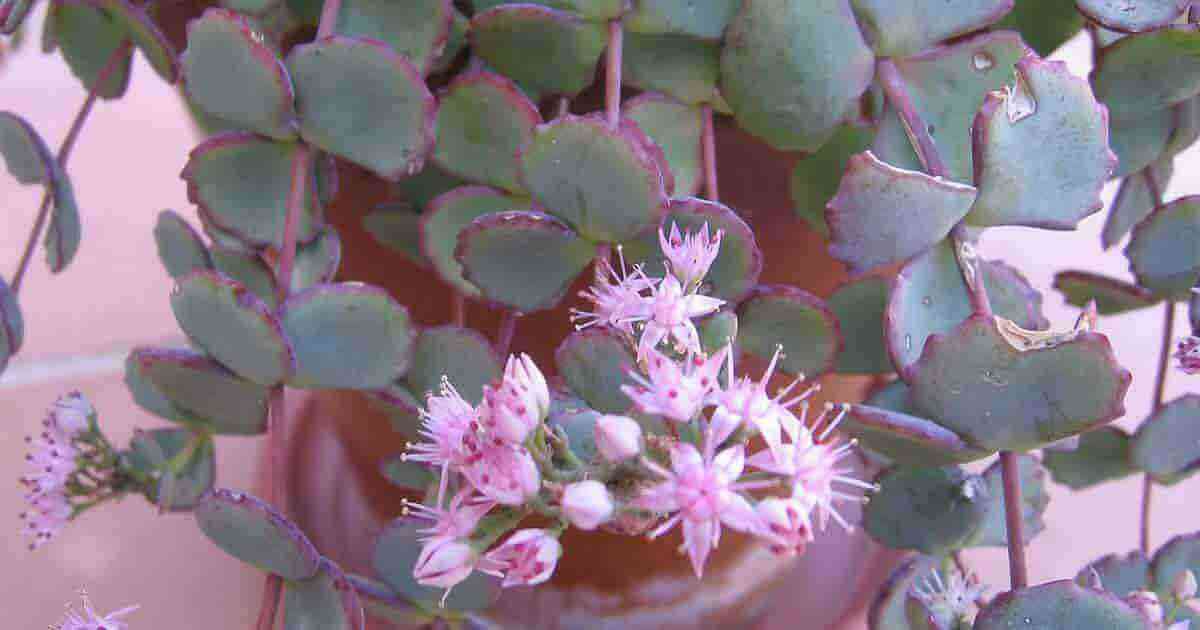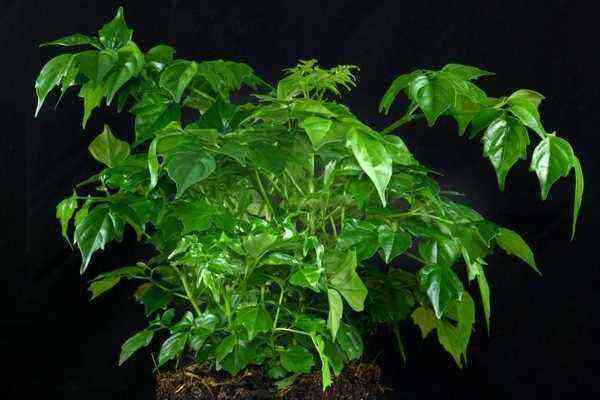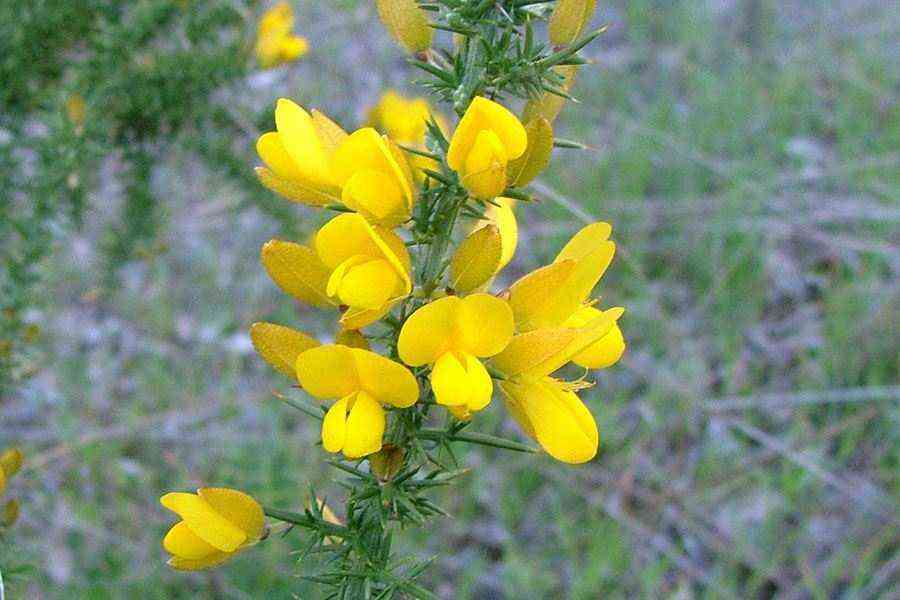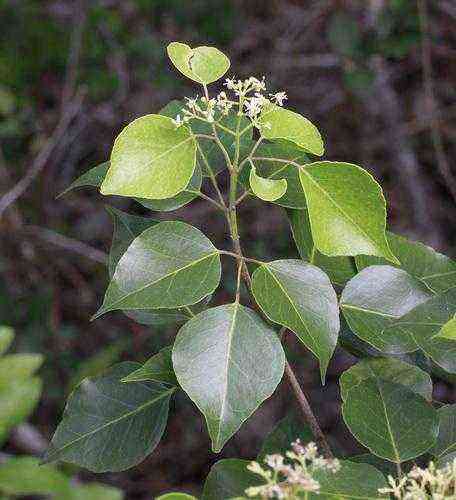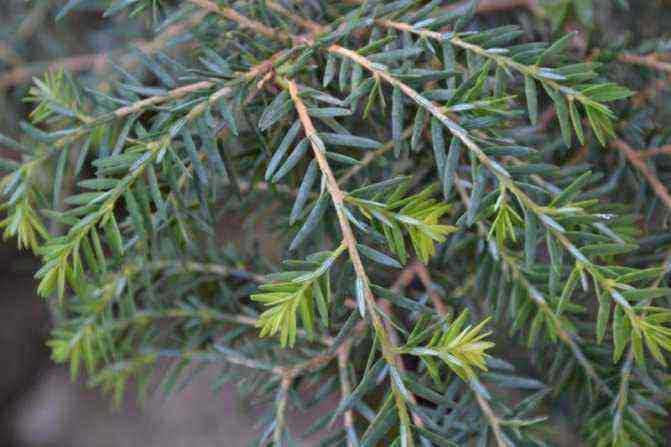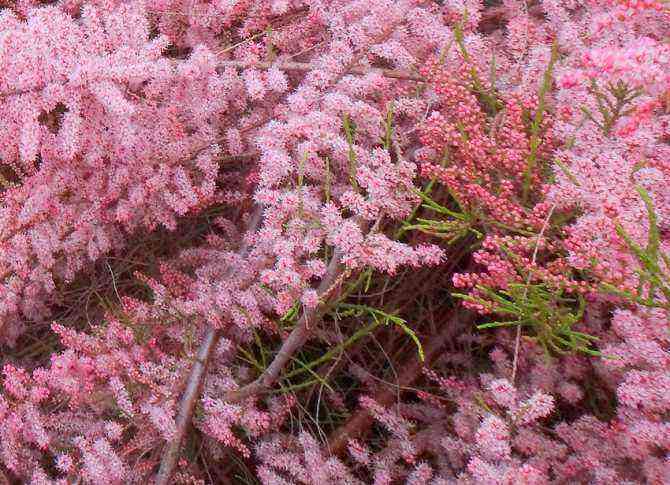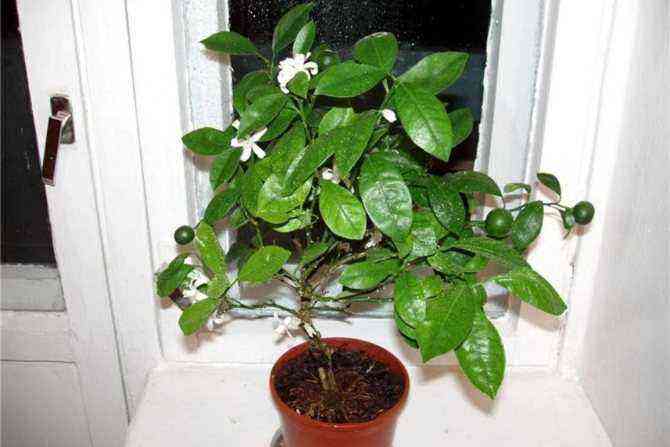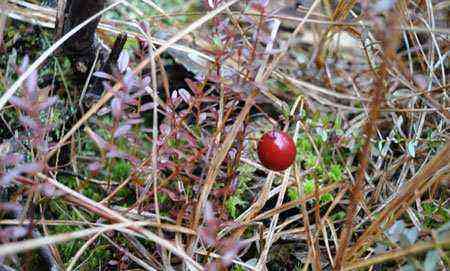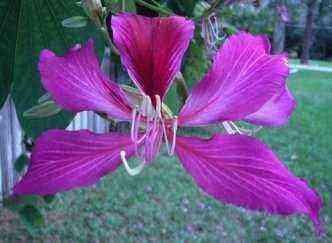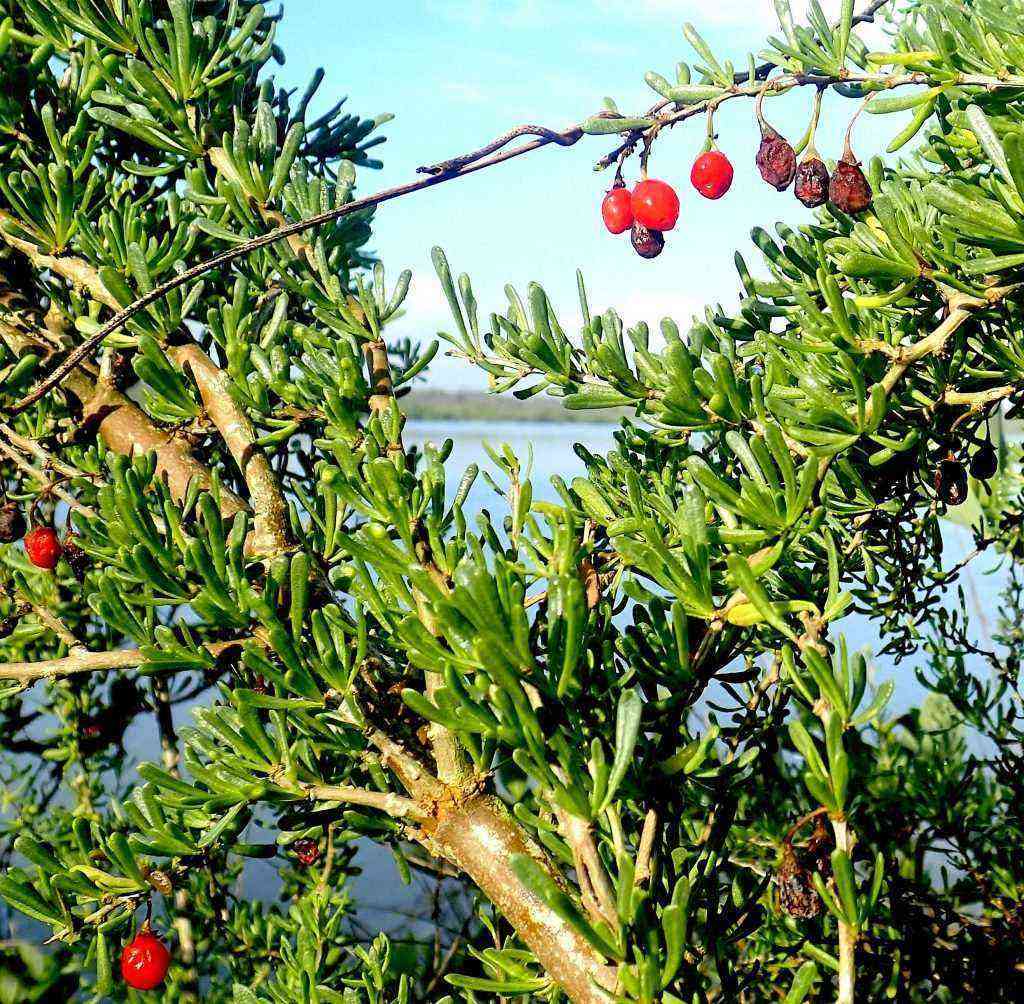Today we are going to discover this small tree or shrub, the Tamarix gallica. This abundant flowering tree with fine and elegant branches is a very interesting small ornamental for the garden (if it meets the climatic needs). Next, we are going to explain what care this plant needs, as well as its characteristics so that nothing escapes you.
Distribution and main characteristics of Tamarix gallica
From the family of Tamaricaceae, the gender Tamarix it is a not very extensive genus and with many species that have not yet been definitively classified within the genus. Accepted today there are only 32 species. This plant is known by different names such as tamarisk, taray or tamarisk among others.
It is native to Western Europe, specifically in the Mediterranean area and extends through central Europe, east through the Mediterranean basin and the United Kingdom. With proper care this tall shrub can reach the 4 meters high and up to 6 meters wide. Which can lead him to become almost more like a tree than a bush. The Tamarix gallica It has hermaphroditic flowers and uses anthophiles to be able to pollinate its flowers.
This shrub has a fairly fine foliage green in color with deciduous leaves and numerous elongated, long and flexible branches. Thanks to this type it has a light and feathery appearance. From a distance its foliage may look a lot like that of some junipers. However, if it is not pruned well, it can grow somewhat messy. A pruning that controls its extension and favors its density, will achieve a better appearance.
Depending on the variety in spring or summer as well as in autumn its branches are completely covered with little flowers, mostly colored pale pink or white grouped in more or less dense ears.
The fruit of the taray is a small capsule with 3 valves and measuring about 4 mm. Like the flowers, it is light pink and inside are the seeds with a long plume.
This plant will attract wildlife like some insects that will help pollinate your garden, favoring its growth but also fauna such as birds that like this type of bushes.


Tamarix gallica flowering. Photo by WhisperingJane_ASMR / 103
Properties and uses of Taray
Surely you are unaware of some of the main uses of tare, which are generally widely extended. For example, the first is that your Cortex works like astringent since it is very rica en taninos. In order to benefit from these properties that we are telling you, it would have to be used in an infusion and ingesting it with a certain frequency.
Another use of the Tamarix gallica is that it serves to help stabilize sandier soils since its roots help to fix the ground. This function is very useful if you live in an area where the wind blows a lot and you do not have a vegetation cover that can serve as a grip on the ground. In this way, it can help us avoid soil erosion.
If you have a small garden or with little space, it is the perfect option, since it can perform the same function as a tree would without being so big and taking up so much space. As it is a plant that is very resistant to wind and salt water, another of the ways in which it is used is for alignment on the promenades.
Needs of Tamarix Gallica
After knowing the characteristics and some of the uses of this species, we are going to explain what care it needs to grow healthy and robust.
Land
El Tamarix gallica prefer those neutral to slightly acidic soils. Although, as we have mentioned before, it supports saline soils without problems. It can be on sandy or stony substrates, helping in the first case to balance the ground. Although, as you have seen, it has no problems being in different types of soil, if you want it to grow better, the ideal is that the soil texture be it sandy or clayey.
Being a fairly resistant plant, you can have it both in dry and wet soils. However, what you will have is that adjust your irrigation depending on how wet you see the soil and the amount of rainfall in the area where you live. It should be noted that the soil must have a good drainage so that water does not accumulate and because it could rot the roots of your taray.
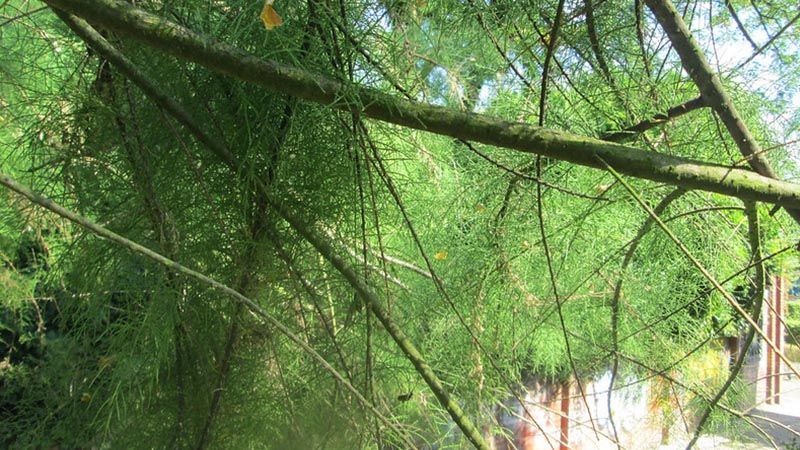

Appearance of foliage in the wild. Photo by Andreas Rockstein
Lighting and temperature
This is a plant that requires being located in full sun since it needs a lot of light. As in the previous points it could be adapted to different terrain circumstances, at this point it is very demanding.
We advise you to find a space where you can enjoy a good number of hours of direct sunlight a day so that it can grow properly. There is no problem if there is stronger wind or sea breezes in the area that is going to be, since it supports them very well.
Can stand cold temperatures, as long as they are not lower than -6ºC because then surely it will not survive.
Maintenance, pests and diseases
When it comes to pruning the plant, you will have to start from its early years with a good training pruning. If you want a well-defined trunk to form, it will be important that every winter you remove the branches from the lower two-thirds. In this way, you will guarantee the correct growth of your Tamarix.
On the other hand, if at any given moment you want to multiply it, you can do it in different ways: seeds, shoots or cuttings. If you use wooden stakes and plants deeply, you will help it to propagate better. For this, it is necessary to do it in early summer when the temperatures are higher they will have greater margin and capacity to grow.
As it is a fairly resistant plant, it is not easy for it to be attacked by pests or diseases.
We hope we have provided you with all the necessary information so that you can take good care of your Tamarix and enjoy many years of being part of your garden. Do you dare to make a hole for it?
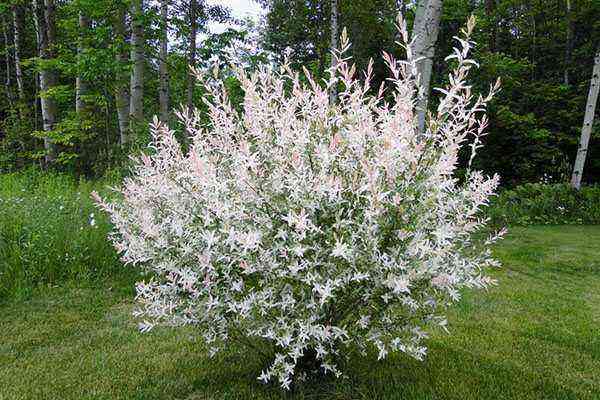



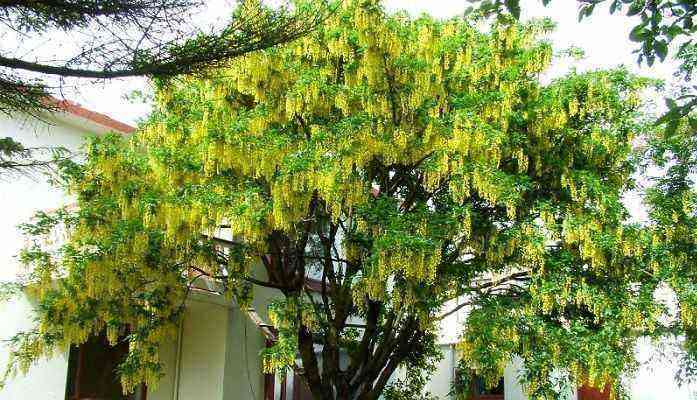
![Cultivation of Manihot esculenta [Cassava, Cassava] Cultivation of Manihot esculenta [Cassava, Cassava]](https://farmer-online.com/wp-content/uploads/2021/05/Cultivation-of-Manihot-esculenta-Cassava-Cassava.jpg)
